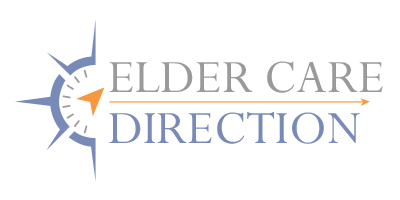Many people who come to Elder Care Direction for help with senior planning are confused by the Medicare and Medicaid programs. They are vastly different, and it is important to understand the differences between each one. Elder Care Direction can help people with Medicaid and Medicare planning so that they are better prepared for their retirement years.
Medicare
Medicare is a federal program that was created to help older U.S. citizens to handle their high medical costs. You do not have to meet financial eligibility guidelines to receive Medicare, however. Medicare is an entitlement that you receive because you have paid for it through your Social Security taxes.
Medicaid
Medicaid is a federal program that is administered by the individual states. It provides medical coverage to people who meet income guidelines. In order to qualify for Medicaid, people must have low incomes.
Qualifying for both
It is possible for you to qualify for both Medicare and Medicaid if you meet each program’s eligibility requirements. Qualifying for one program does not necessarily mean that you will also qualify for the other one, however. If you do qualify for both, Medicaid will pay for your Medicare Part A and Part B premiums, copayments and deductibles.
Medicare basics
Medicare covers people who are 65 or older as well as some people who have permanent kidney failure and some who receive Social Security disability. The program is administered by the federal government, which means that the rules remain the same nationwide. Medicare Part A offers basic coverage for stays in the hospital and in post-hospital nursing facilities. It also provides basic coverage for home health care. Medicare Part B pays the costs of most laboratory tests and doctor visits as well as some outpatient medical services, home health care and physical therapy. Medicare Part D pays a portion of the costs of your prescription medications.
Medicare Parts A and B will require you to pay an annual deductible and to make copayments for extended stays in the hospital. Under part B, you will be responsible to pay 20 percent of your doctors’ bills. In some cases, you may pay up to 35 percent. There is also a monthly premium that you will have to pay for Part B. Part D will require that you pay a monthly premium, copayments, a deductible and all prescription drug expenses that exceed a certain amount up to a ceiling unless you are eligible for a low-income subsidy.
Medicaid basics
Medicaid is a program that is administered by the individual states. It covers financially needy and low-income people, including some people who are older than 65 and who receive Medicare. Medicaid offers comprehensive health care coverage for both inpatient and outpatient services. The covered services include many that are not covered by Medicare, including preventive and diagnostic care, drugs and eyeglasses. The coverage amount varies depending on the state.
If you qualify for both Medicare and Medicaid, Medicaid can pay your deductibles and the portion of the charges that Medicare does not cover. It can also pay for your Medicare premiums. In some states, you may be charged a small amount for some services.
When you are older, it is a good idea to apply for Medicare and Medicaid if you are eligible for both programs. This can help you to reduce the high costs of health care. To learn more about the programs and your potential eligibility, contact the professionals at Elder Care Direction.







